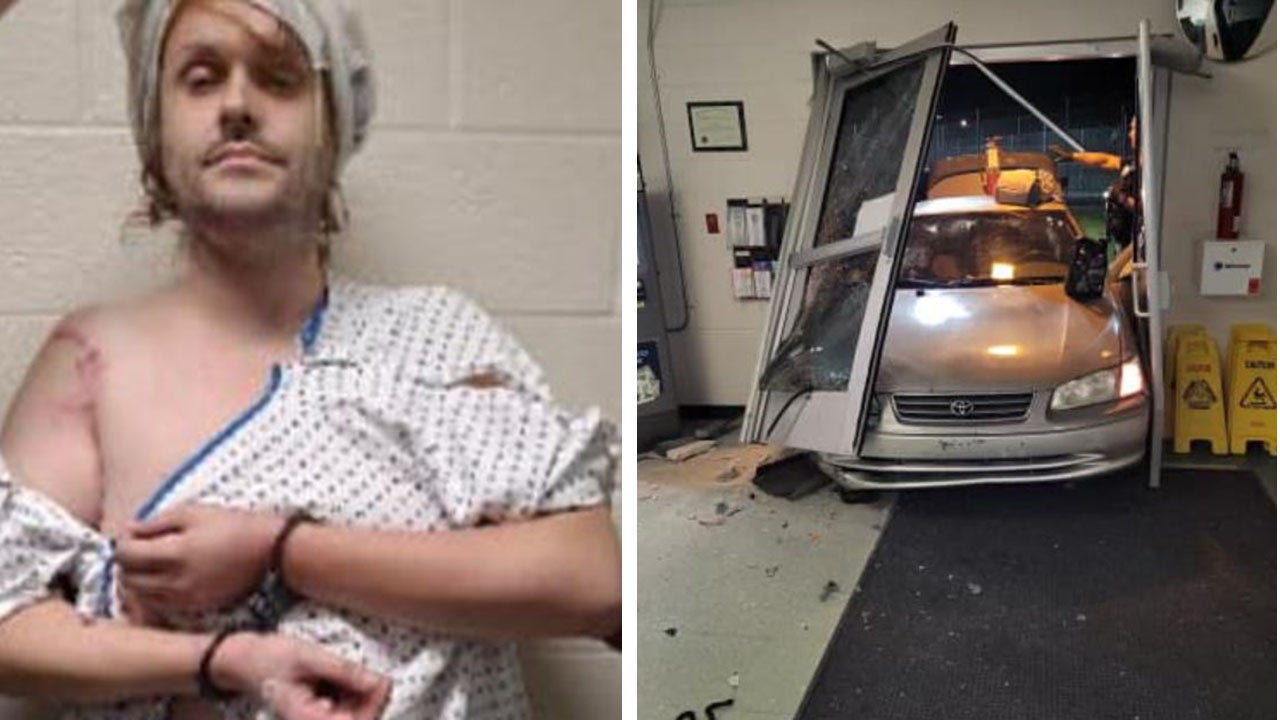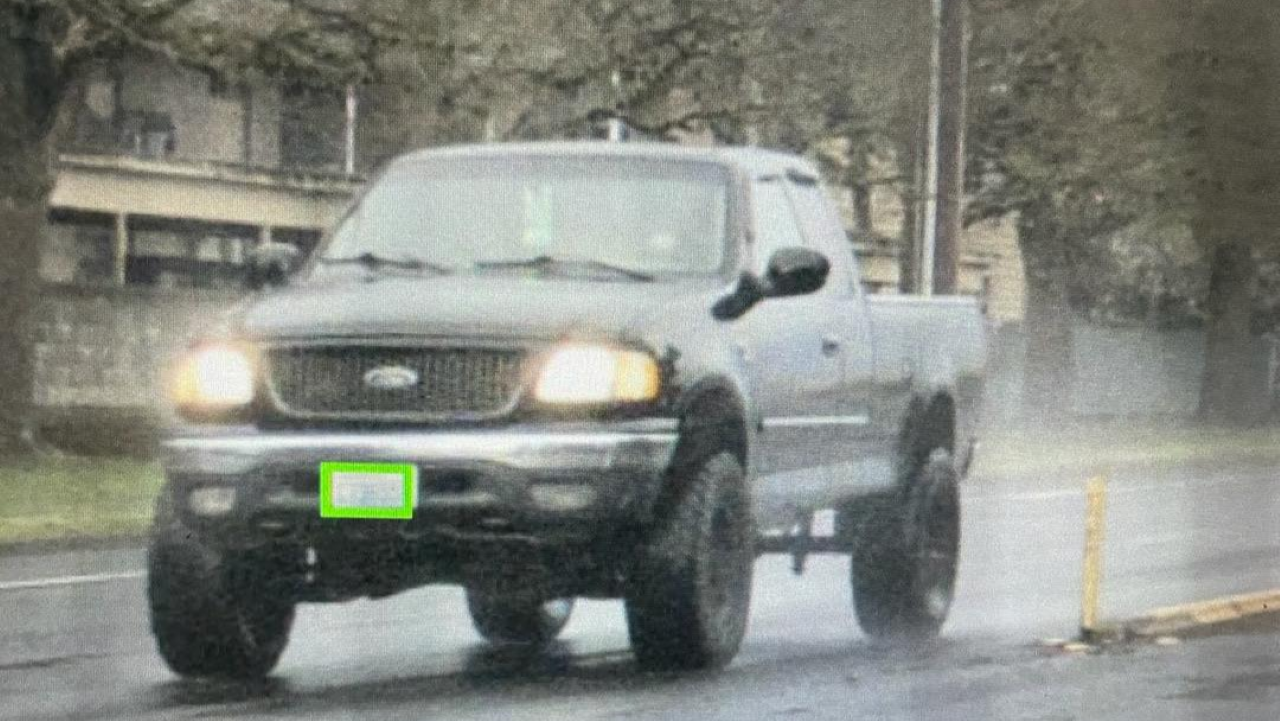As larger and faster container ships began to chug up the Delaware River in recent years, transportation officials feared the prospect of one going astray that would lead to a repeat, or worse, of what happened in 1969, when a tanker struck the Delaware Memorial Bridge and caused significant damage.
So last year, work began on a $93 million project to build eight massive cylinders that would stand guard in front of the bridge’s piers in order to protect a system that carries tens of thousands of vehicles a day.
“The tankers and cargo ships of 1950 aren’t the tankers and cargo ships of today,” said James Salmon, a spokesman for the Delaware River and Bay Authority.
The collapse of the Francis Scott Key Bridge in Baltimore after a cargo ship nearly three football fields long crashed into it, claiming the lives of six people, has prompted questions about whether similar disasters could happen elsewhere.
But the work on the Delaware Memorial Bridge reflects the fact that some transportation and maritime experts have been mulling the hazards of new cargo ships squeezing under decades-old bridges for some time. The problem is that there are no easy answers, in part because ships just keep getting bigger.
Michael Rubino, a retired chief harbor pilot for the Port of Los Angeles, said the air drafts — the distance between the water to the highest point on a vessel — of some newer ships have gotten so big that some vessels need to fold down their antennae and masts to squeeze under a bridge.
“People don’t realize how massive these ships are,” he said.
Joseph Ahlstrom, a professor at SUNY Maritime College, a ship captain and a commissioner for the New York State pilot’s board, said that commercial ships have gotten so big in recent years that they are much more likely to do damage to infrastructure such as bridges.
“It’s going to do a number on them,” he said of a modern ship and the hazard it poses to a bridge like the one in Baltimore. “It’s going to bring it down, which it did.”
Many transportation officials say drawing parallels to the Key Bridge is difficult because what happened in Baltimore appeared to be such an unusual event — a confluence of factors at the worst possible time. As the ship, the Dali, hurtled through the harbor without a tugboat connected to it, it experienced a “complete blackout” and lost control, then struck a pier that had small protective barriers.
The situation with the Key Bridge is “unique,” said Jim Tymon, executive director of the American Association of State Highway and Transportation Officials, which represents state transportation departments. “This is not something that we can really draw a comparison to.”
Even so, officials with the National Transportation Safety Board said Wednesday that they were not only examining the protection system around the Key Bridge, but also seeking records about the protections around other bridges in Maryland.
Stray ships have long been viewed as a risk to bridges, particularly after a freighter slammed into the Sunshine Skyway Bridge in Tampa Bay in 1980, killing 35 people.
After that disaster, officials in Maryland acknowledged that the Key Bridge, which opened in 1977, could be knocked down by a direct hit. But they said that the concrete barriers that had been installed in the river were intended to deflect or slow an out-of-control vessel.
The final contact might therefore be just a “glancing blow,” John Snyder, the director of engineering for the state Toll Facilities Administration, told The Baltimore Sun at the time.
As part of the rebuild in Tampa Bay, officials prioritized protection against a future disaster. They built a network of large concrete islands, called dolphins, that could absorb the impact of an out-of-control vessel. Since then, officials around the country have increasingly focused on strategies to enhance shields around bridges.
“Some modern bridges around the world, especially after the 1980 Tampa incident, have been designed with different features to mitigate impacts and protect their piers,” Pete Buttigieg, the U.S. transportation secretary, said on Wednesday. “Right now, I think there’s a lot of debate taking place among the engineering community about whether any of those features could have had any role in a situation like this.”
Efforts to enhance bridges are frequently slowed because of the many state and federal governmental entities involved, the often glacial pace of funding and the construction time required for such large-scale projects. Still, some places have seen results.
In Minnesota, a boat pushing 12 barges rammed into a Union Pacific railroad bridge near St. Paul in 2017, damaging a century-old pier. A protection system was subsequently built around the new pier.
In New York, the Bayonne Bridge was raised by 64 feet — or roughly seven stacked shipping containers — in 2019 to accommodate increasingly larger vessels calling at the container ports in New Jersey and Staten Island.
In Long Beach, Calif., the new Gerald Desmond Bridge was raised by 50 feet in 2020.
And in New Orleans, officials have installed a sophisticated oceanographic system, courtesy of the National Oceanic and Atmospheric Administration, to broadcast the vertical clearance to boats approaching two bridges to avoid collisions. The technology will soon be installed at five more bridges along the Mississippi River, and “we actually got notice of funding availability on Monday morning,” said Matt Gresham, the chief of governmental relations for the Port of New Orleans.
In Delaware, officials wanted the bridge to be able to withstand modern vessels, so they came up with a design that could handle ships even larger than the Dali. It was funded in part by the federal government.
The final product will include eight cylindrical islands, each 80 feet in diameter, strengthened by 540 tons of steel and filled with tens of thousands of cubic yards of sand, stone and boulders. The pilings will be buried 45 feet deep in the river bed.
But even if solutions like the one in Delaware are applied, the work is not over.
Hyun-Joong Kim, an assistant professor of civil engineering at Liberty University who has studied dolphin protection systems around bridges, said the vulnerabilities around bridges need to be reviewed regularly to ensure that protection systems — many of which were installed decades ago — are able to handle modern threats.
“If they see much bigger ships are coming back and forth, maybe they need to revisit the risk assessment,” he said.
Michael Forsythe contributed reporting.






